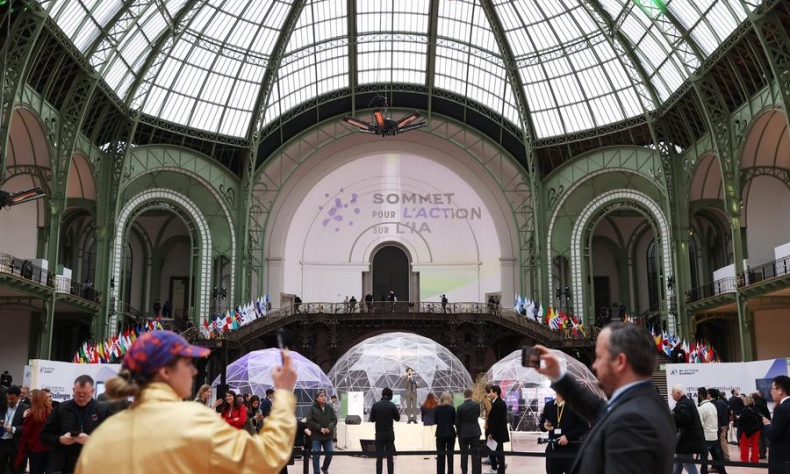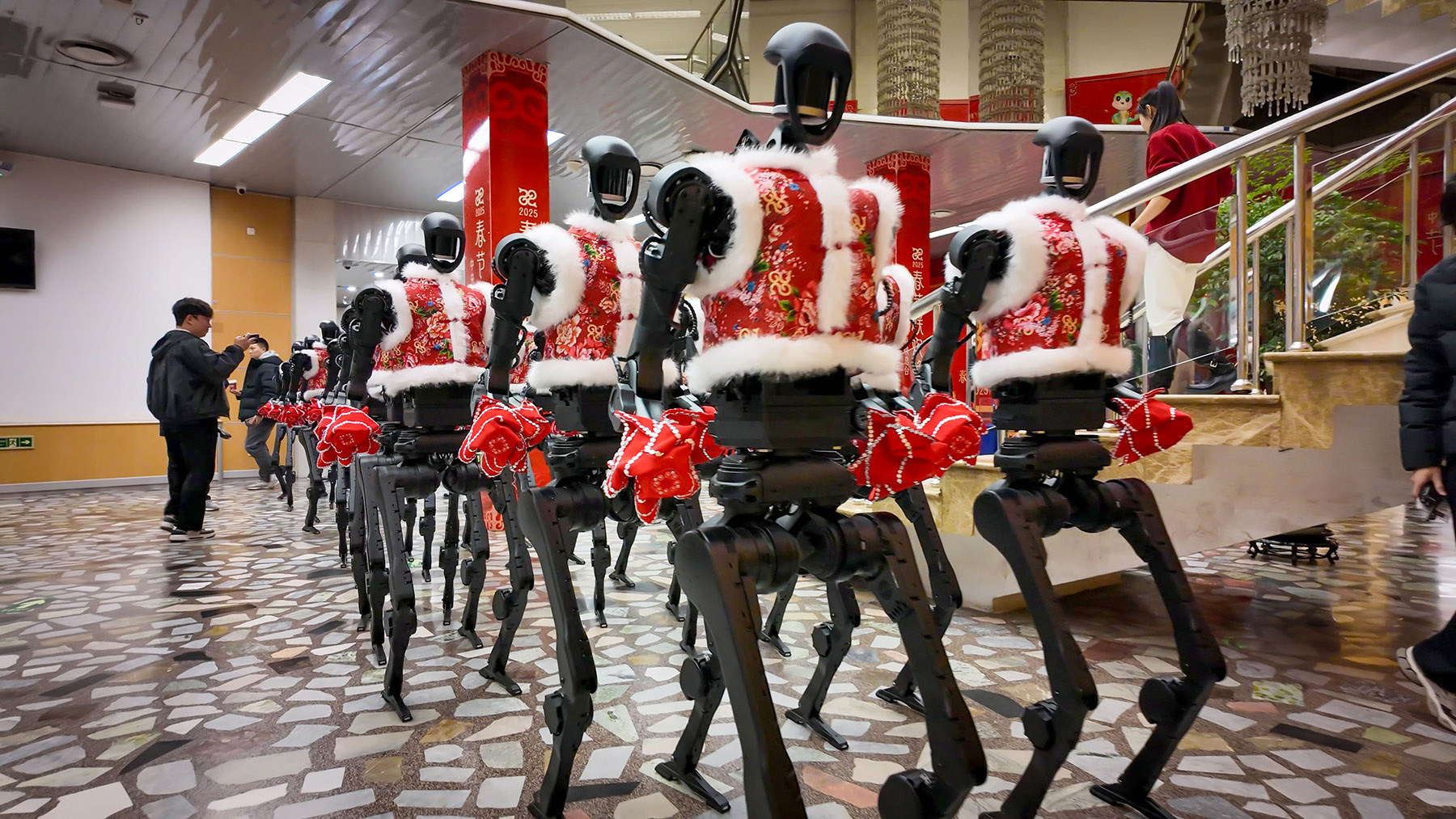Essence of the AI Age

Perhaps many American elites fail to recognize, the essence of AI is not a weapon for great power rivalry, but a tool for breaking down barriers of civilization and prejudice.
On February 11, representatives of 61 countries and international organizations, including France, China, India and the European Union, gathered in Paris to sign the Paris Declaration on Artificial Intelligence (AI) during the AI Action Summit. Titled Statement on Inclusive and Sustainable Artificial Intelligence for People and the Planet, the declaration emphasizes core principles such as openness, inclusiveness and ethics. Notably, the U.S. and the UK, both leaders in AI development, were absent from the list of signatories.
The speech delivered by JD Vance, in his debut as America’s Vice President at an international summit, sparked widespread controversy. In it, he adopted a tough stance, boldly declaring that America’s goal in the field of AI is to pursue an “America First” policy: The Donald Trump administration will ensure that the most powerful AI systems are designed, powered by American-made chips, and manufactured in the U.S. He also warned Europe against aligning with so-called authoritarian regimes in AI development, claiming that America’s AI technology and philosophy would remain the gold standard for Europe to follow. This, clearly, stands in stark contrast to the summit’s core agenda.
Addressing the summit as President Xi Jinping’s special representative, Vice Premier Zhang Guoqing reiterated China’s commitment to working with other countries to promote development, safeguard security, share achievements in the AI field, and jointly build a community with a shared future for humankind. This contrasted with the stance taken by Vance during his speech at the summit.
For the U.S., AI is a pivotal technological domain that must be defended. The U.S. strategy is clear: By setting technological and trade barriers, it aims to prevent China from acquiring advanced AI chips from American companies, preserve its computational power advantage and use closed-source methods in AI software development to maintain its technological lead. As a result, many news outlets and commentators have taken to semi-jokingly noting that the most advanced AI model in the U.S. is called OpenAI, but in reality, it’s more like “CloseAI.”

It seems that the U.S. was trying to duplicate its successful experience from the technological competition with Japan in the 1990s to address the challenges posed by China. The Bill Clinton administration focused on expanding the Internet, while Japan was leading the U.S. in areas such as consumer electronics, automobiles and semiconductors. This approach spurred the rapid development of U.S. information technology and services, and facilitated the rise of American companies like Apple, Google, Microsoft and Amazon, leading to decades of sustained economic growth.
The U.S. strategy appeared effective until the unexpected rise of the little-known Chinese tech company DeepSeek in early 2025. DeepSeek made waves in the market with its low-cost, humanoid reasoning technology, boasting model training costs just 17 percent of those of its American counterparts. More importantly, DeepSeek’s models are open-source and free for ordinary users, challenging the U.S. monopoly in AI. On the day DeepSeek-R1 was released, shares of the American chip giant Nvidia plunged by 17 percent, its steepest drop since its founding, with approximately $600 billion in market value wiped out in a single day.
At the national level, China is advancing AI infrastructure for the Global South through its Digital Silk Road initiative. Most recently, in February this year, China signed memorandums of understanding with Kyrgyzstan and Thailand to strengthen collaboration in AI. Additionally, at this summit, China’s proposal for a technology assistance fund was incorporated into the declaration, urging developed countries to dedicate at least 0.2 percent of their annual AI research and development budgets to support capacity-building in developing nations.
In terms of the current global AI development trend, the U.S. still holds a significant advantage, with China playing catch-up. Perhaps many American elites fail to recognize, the essence of AI is not a weapon for great power rivalry, but a tool for breaking down barriers of civilization and prejudice.
 Facebook
Facebook
 Twitter
Twitter
 Linkedin
Linkedin
 Google +
Google +










